America’s small towns often preserve the authentic character, architectural heritage, and community spirit that larger cities sometimes lose to development. These picturesque downtowns invite visitors to slow down and experience a pace of life where shopkeepers know customers by name and historic buildings tell stories of the past.
The intimate scale of these town centers creates an immediate sense of belonging.
Here is a list of 18 of the most charming downtowns to explore across small-town America, each offering its own distinctive appeal and atmosphere.
Galena, Illinois
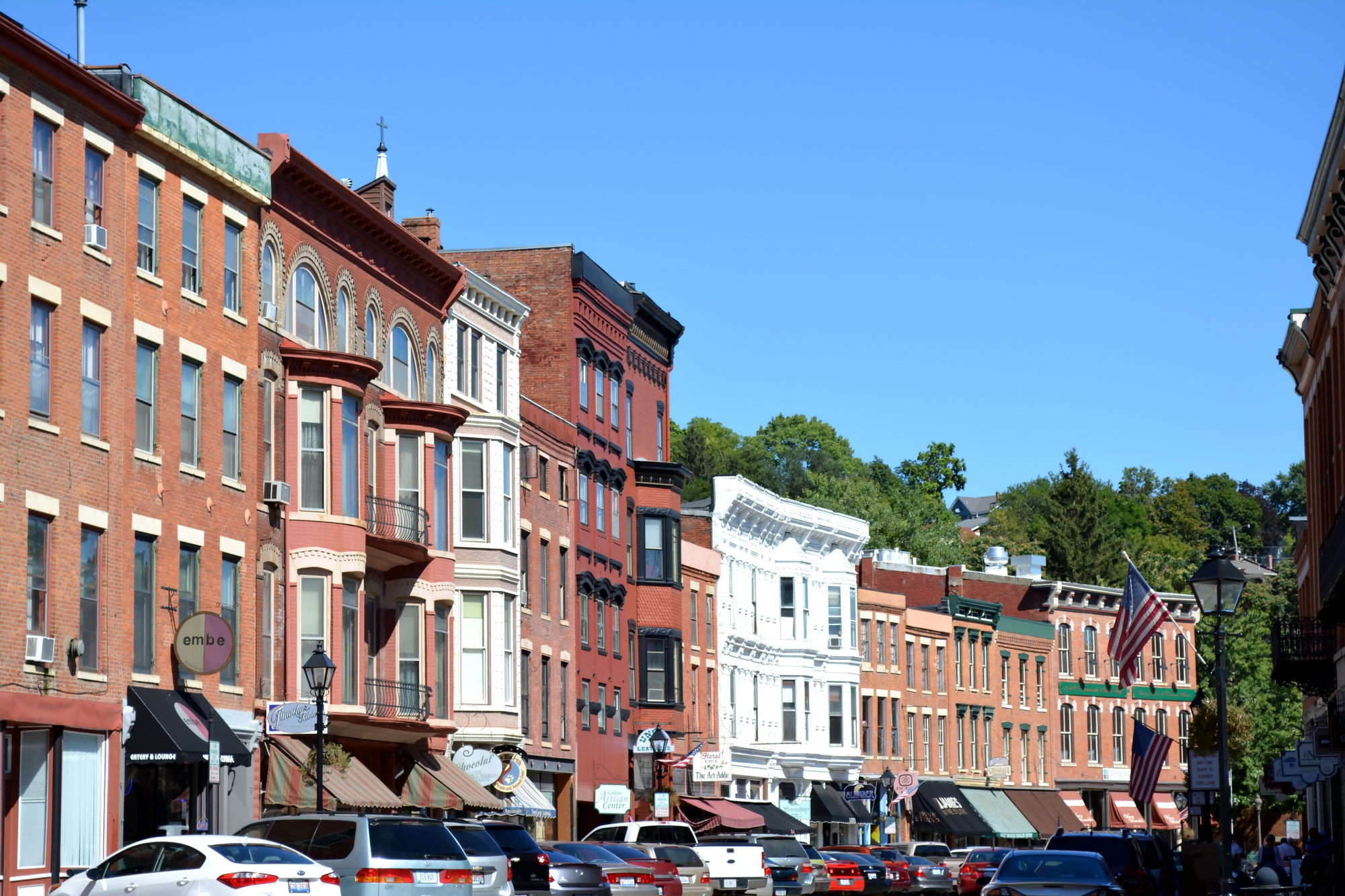
Frozen in time with over 100 storefronts housed in meticulously preserved 19th-century buildings, Galena’s downtown exudes Midwestern charm. Brick facades line the gently curving Main Street that follows the contours of the Galena River below.
Local shops selling handcrafted goods and specialty foods operate in spaces where merchants have conducted business continuously since the 1840s.
Woodstock, Vermont
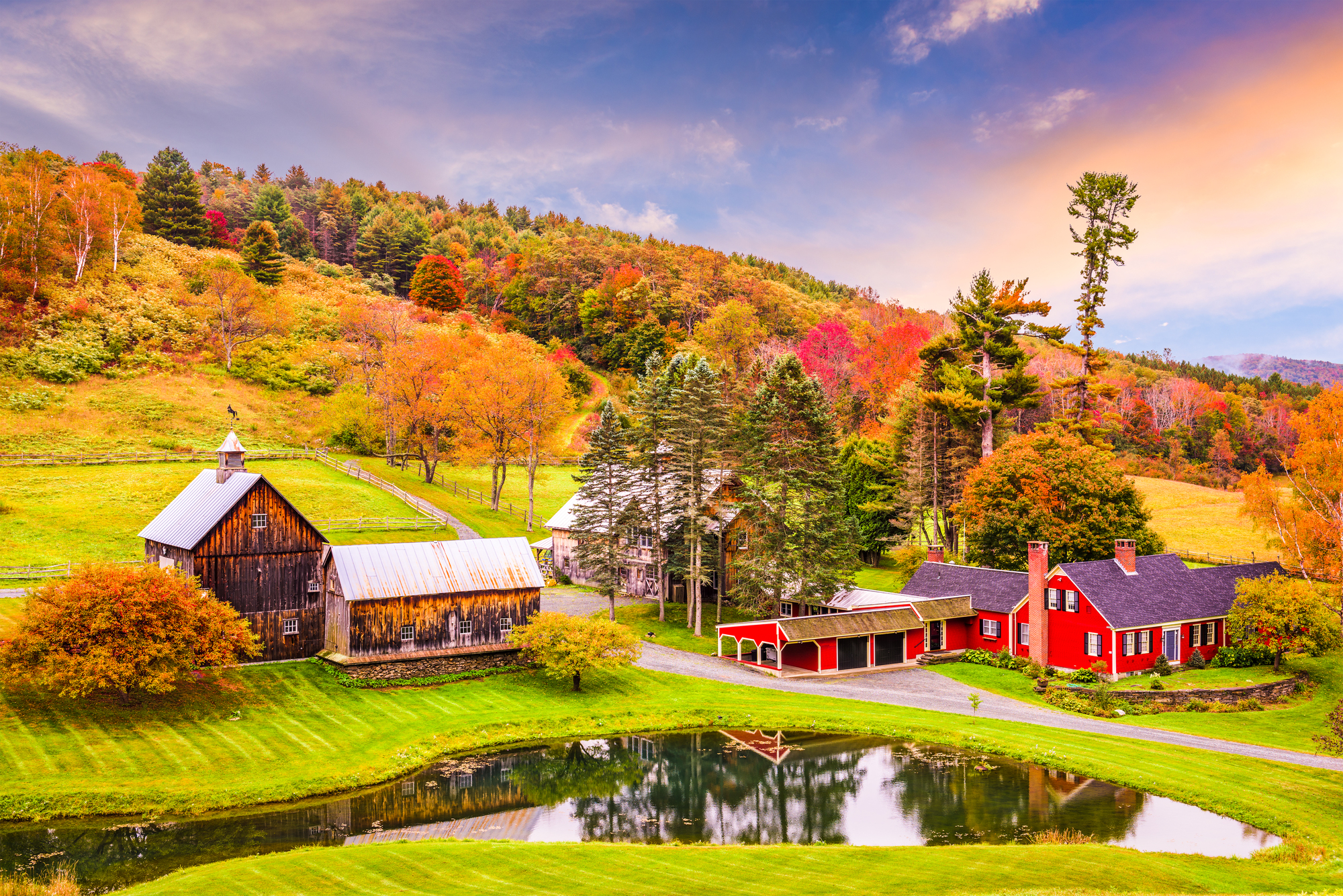
This quintessential New England town centers around a village green surrounded by Federal and Greek Revival architecture. The downtown’s covered bridge, white church steeple, and historic courthouse create a scene that appears plucked from a Norman Rockwell painting.
Woodstock’s commitment to preservation means even modern businesses occupy historic spaces with original details intact, maintaining the town’s authentic 19th-century atmosphere.
Beaufort, South Carolina
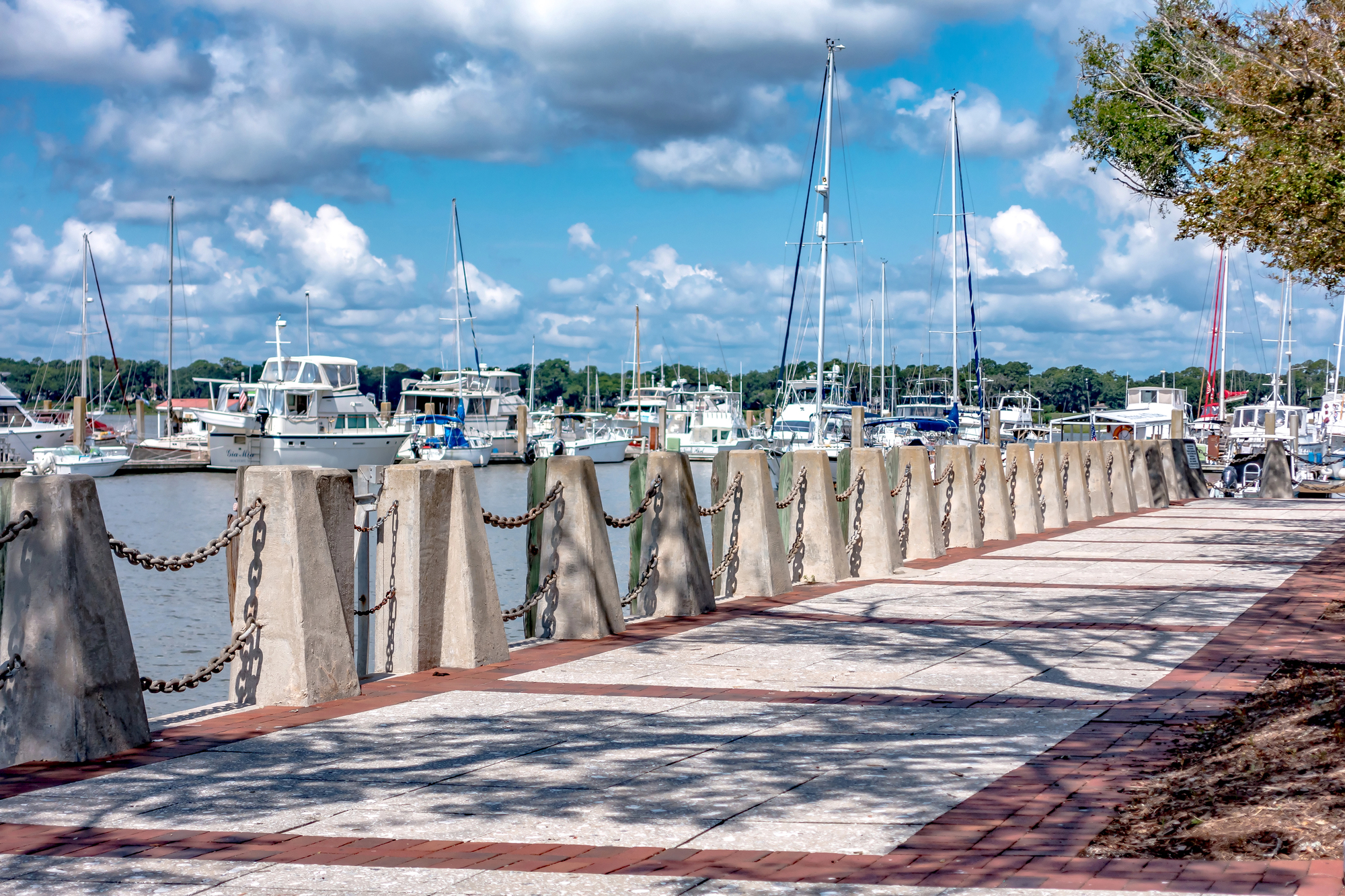
Moss-draped oak trees shade the antebellum homes and waterfront parks of this coastal town’s historic district. Beaufort’s downtown seamlessly blends Lowcountry culture with its seafaring heritage along a picturesque waterfront promenade.
Local restaurants serve fresh-caught seafood in buildings that once housed maritime businesses, connecting visitors to both the flavors and history of this 300-year-old settlement.
Like Travel Pug’s content? Follow us on MSN.
Eureka Springs, Arkansas

Built into the steep hillsides of the Ozarks, Eureka Springs features a downtown where Victorian buildings cling to winding, terraced streets. No two structures in this unique architectural landscape share the same elevation, creating an almost European village atmosphere.
The town’s 19th-century boom as a spa destination left behind ornate buildings now housing artist studios, specialty shops, and cafes serving regional cuisine.
Carmel-by-the-Sea, California
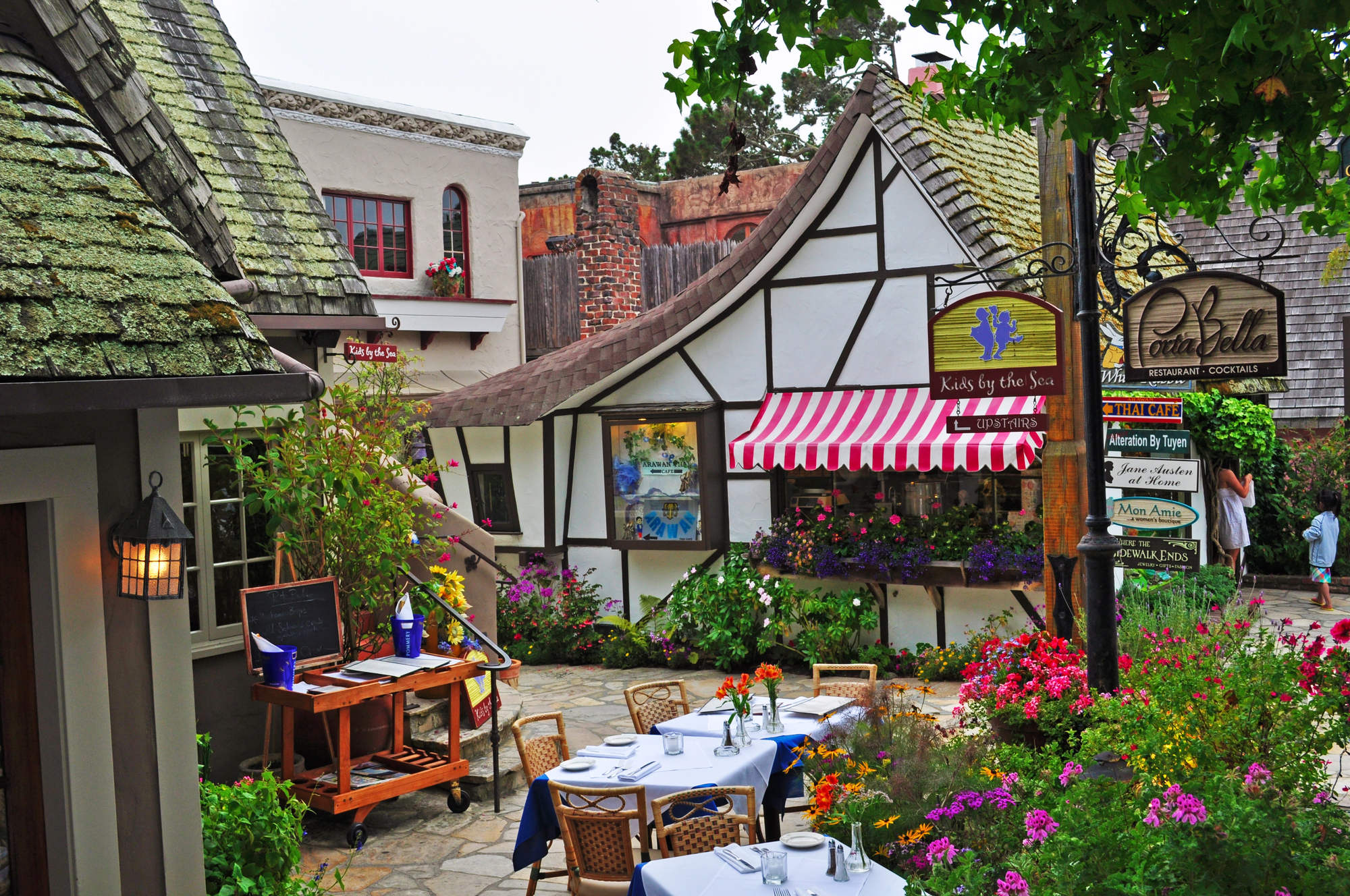
This artistic coastal community features a pedestrian-friendly downtown of storybook cottages and hidden courtyards connected by flower-lined passages. Carmel’s strict architectural guidelines preserve its distinctive fairytale aesthetic that has attracted artists for generations.
The absence of street addresses, parking meters, and chain stores maintains the village atmosphere that feels worlds away from typical commercial districts.
Dahlonega, Georgia
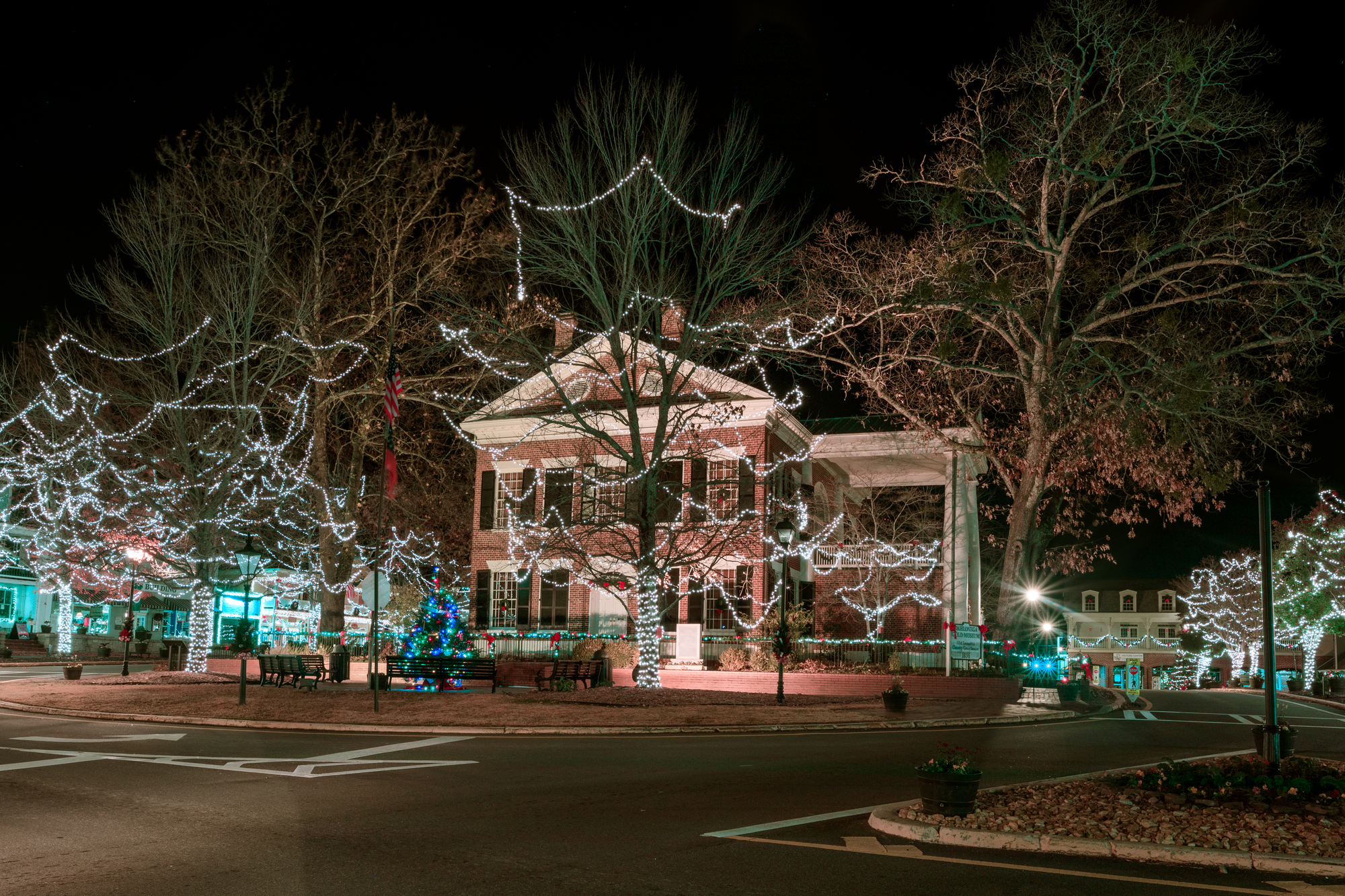
The site of America’s first major gold rush features a downtown square anchored by the 1836 courthouse, now housing a gold museum commemorating the town’s mining heritage. Dahlonega’s picturesque storefronts surround a central park where community gatherings continue traditions established nearly two centuries ago.
The nearby North Georgia wine country influences the downtown dining scene, with tasting rooms offering locally produced wines from vineyards just minutes away.
Like Travel Pug’s content? Follow us on MSN.
Marfa, Texas
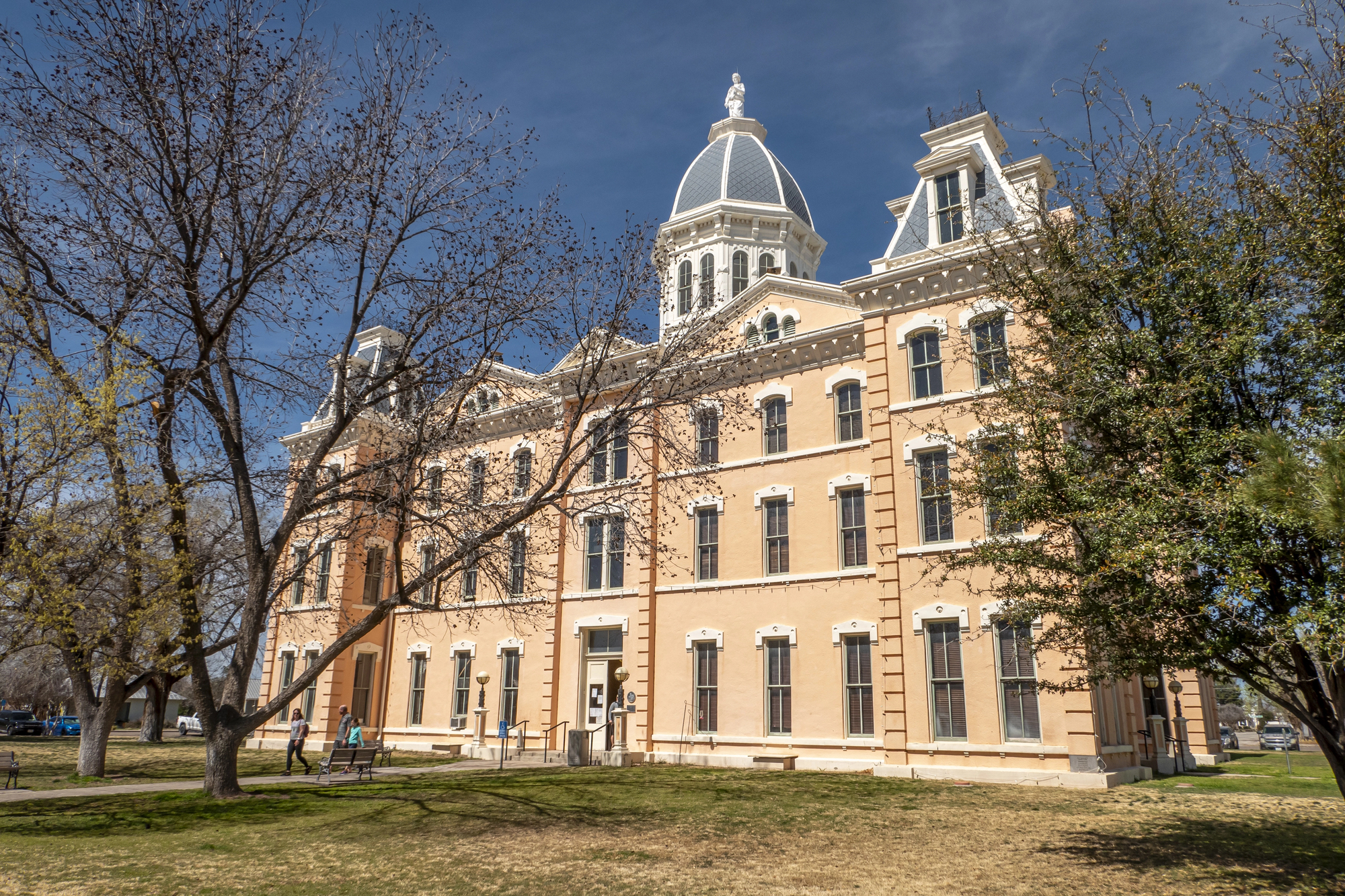
This remote West Texas town combines frontier architecture with world-class contemporary art in a surreal desert setting. Marfa’s downtown occupies restored adobe buildings housing minimalist galleries alongside traditional businesses serving the ranching community.
The juxtaposition of cowboy culture with avant-garde installations creates an unexpected cultural experience in one of America’s most isolated downtown districts.
Annapolis, Maryland
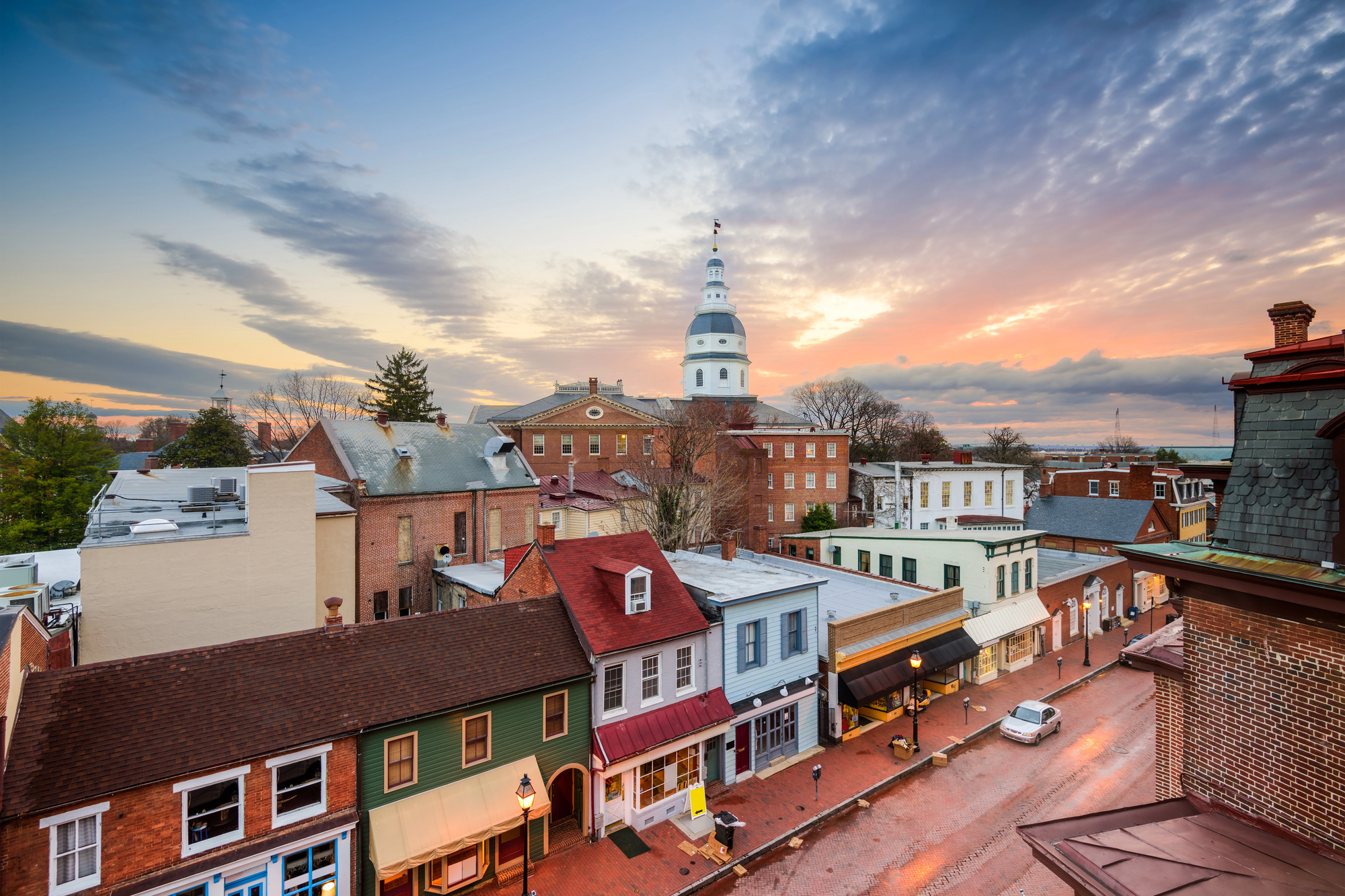
The former capital of the United States maintains its colonial-era street pattern radiating from Church Circle and State Circle. Annapolis boasts more 18th-century buildings than any other American downtown, with many structures continuously occupied since before the Revolution.
The city’s maritime heritage remains evident in the working harbor where watermen still bring their daily catch to market alongside sleek yachts visiting America’s ‘sailing capital.’
Staunton, Virginia
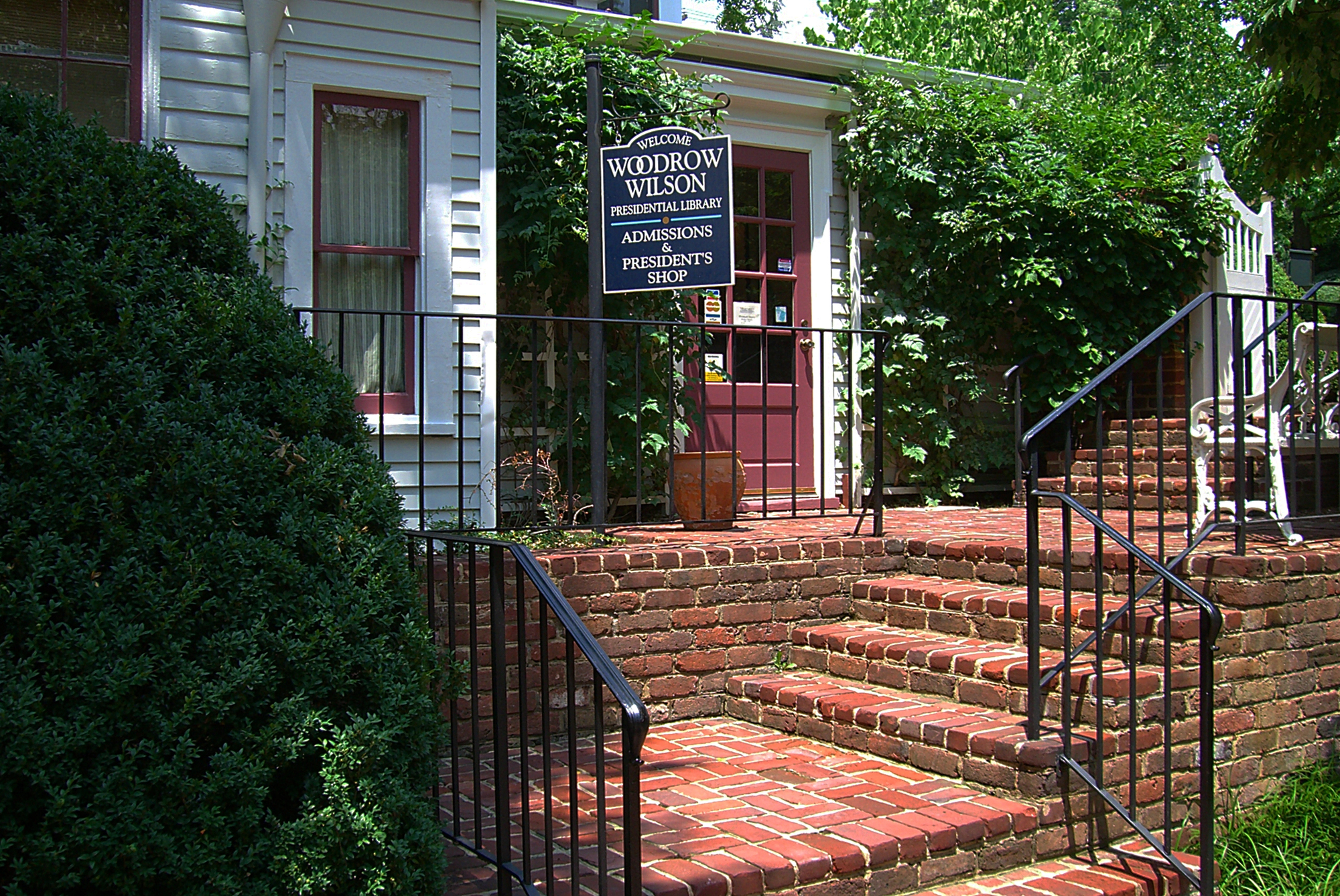
Five distinct historic districts converge in this Shenandoah Valley town known for its exceptional collection of Victorian architecture. Staunton’s downtown revival began with the restoration of the Blackfriars Playhouse, the world’s only recreation of Shakespeare’s original indoor theater.
The compact city center houses the American Shakespeare Center, numerous farm-to-table restaurants, and independent shops in buildings spanning architectural styles from Federal to Art Deco.
Like Travel Pug’s content? Follow us on MSN.
Port Townsend, Washington

This Victorian seaport on the Olympic Peninsula maintains one of the most intact 19th-century downtowns on the National Register of Historic Places. Port Townsend’s waterfront district features ornate buildings constructed during the town’s brief boom when it was expected to become the ‘New York of the West.’
The preserved commercial buildings now house maritime-themed businesses, reflecting the town’s continued connection to boat building and seafaring traditions.
Fernandina Beach, Florida
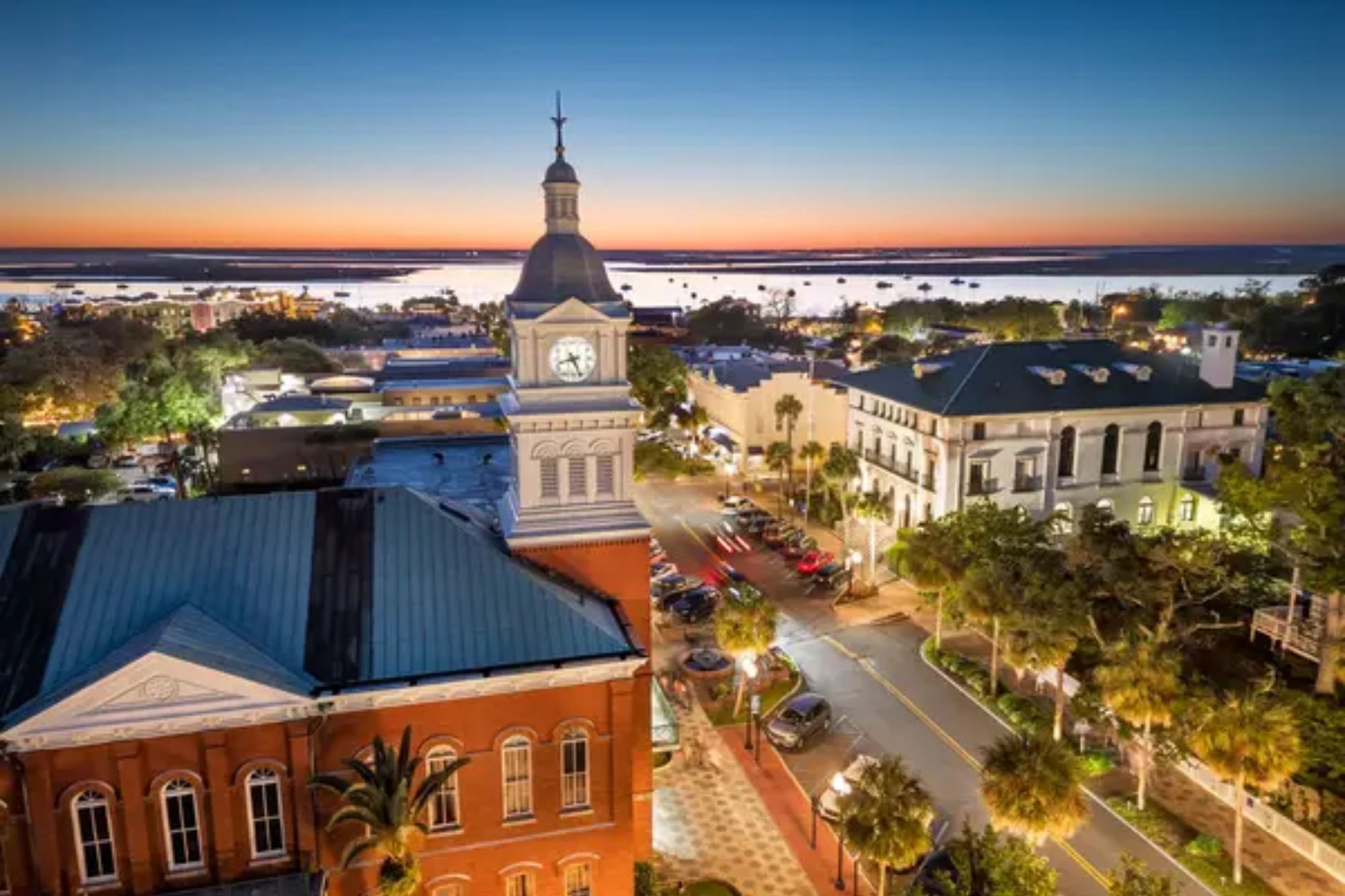
Located on Amelia Island, this former Spanish settlement features a 50-block downtown historic district lined with Victorian-era buildings. Fernandina Beach’s Centre Street leads from the harbor to the courthouse, passing shops and restaurants housed in structures dating to the town’s heyday as a deep-water port.
The downtown waterfront still functions as a working harbor where shrimp boats unload their catch just steps from cafes serving the day’s harvest.
Manitou Springs, Colorado
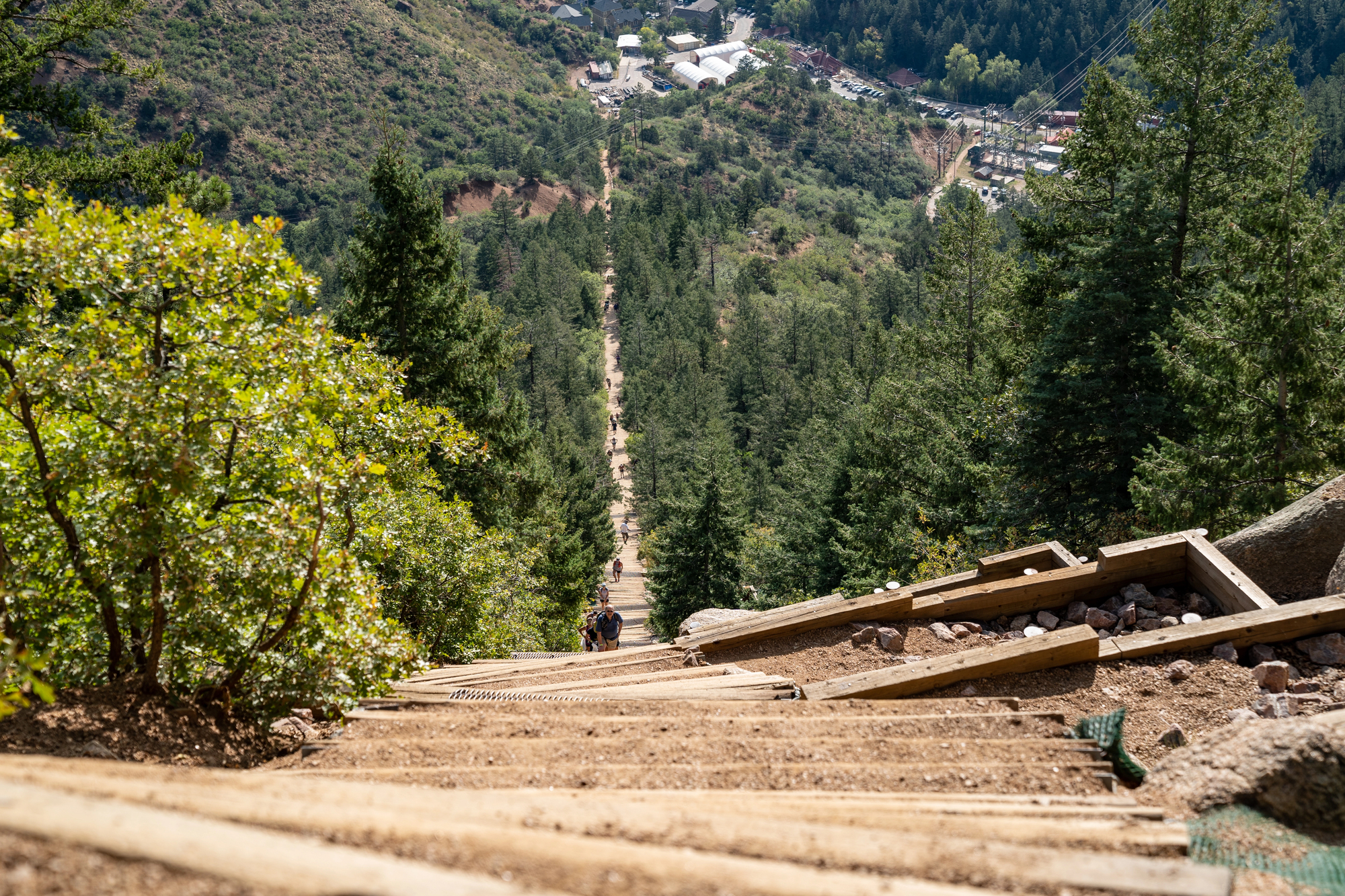
Nestled at the foot of Pikes Peak, this historic spa town features a downtown lined with sandstone buildings housing bohemian shops and natural springs pavilions. Manitou Springs embraces its quirky heritage with businesses occupying Victorian structures built when the town served as a tuberculosis treatment destination.
The mountain town’s artistic community maintains traditions established by early 20th-century creative settlers drawn to the dramatic landscape and healing waters.
Like Travel Pug’s content? Follow us on MSN.
Bardstown, Kentucky

Known as the ‘Bourbon Capital of the World,’ Bardstown centers around a courthouse square surrounded by buildings dating to the late 1700s. The downtown district houses multiple historic taverns where America’s native spirit has been served continuously for over two centuries.
Bardstown’s architectural preservation extends to residential streets immediately off the commercial center, creating a complete historic landscape recognized as one of the best small towns in America.
Natchitoches, Louisiana
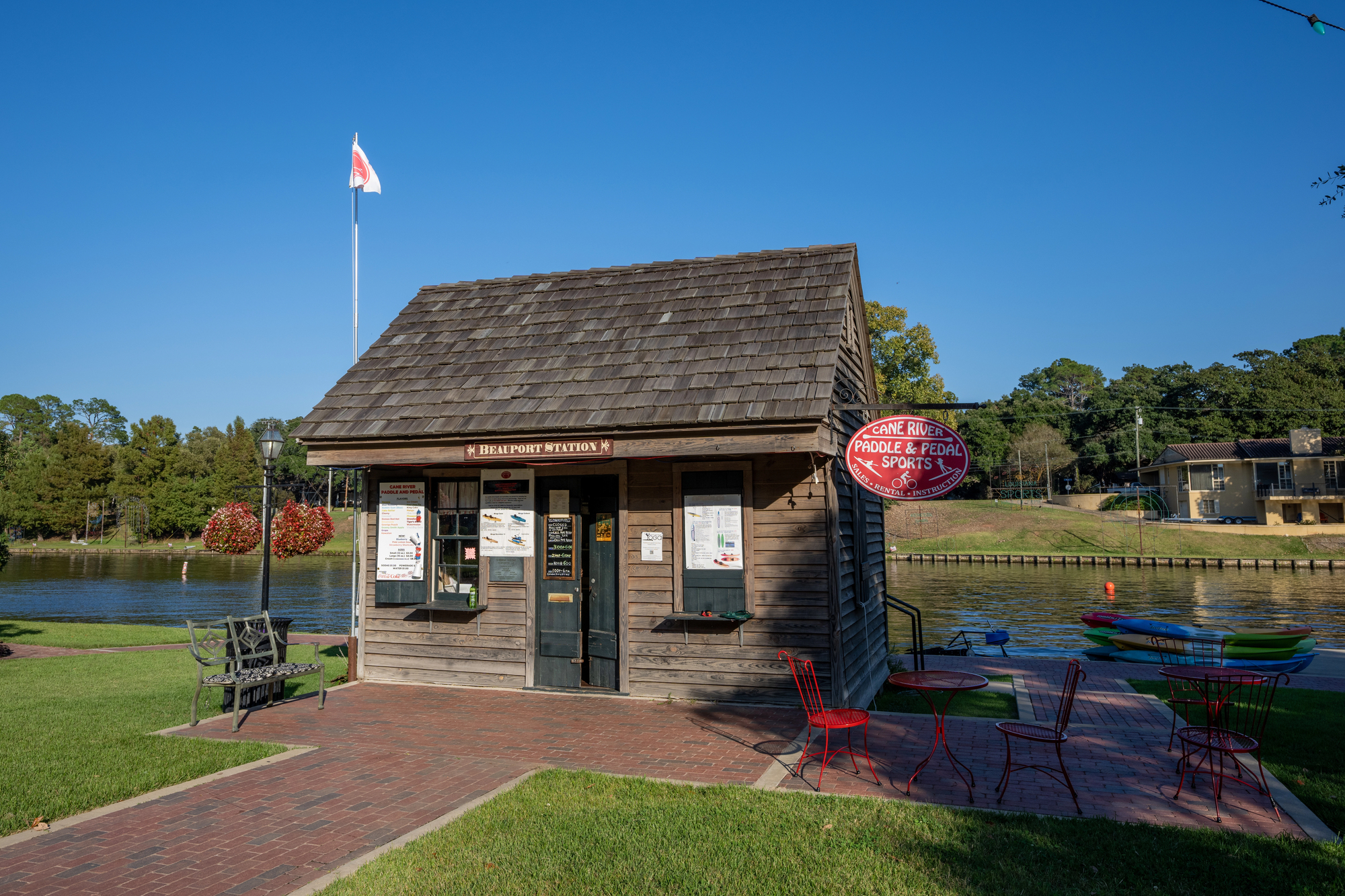
The oldest permanent settlement in the Louisiana Purchase territory features a brick-paved downtown running along the Cane River Lake. Natchitoches’ 33-block historic district showcases French Creole architecture reflecting three centuries of continuous habitation.
Local shops sell traditional meat pies from recipes passed through generations, connecting visitors to the town’s distinctive cultural heritage through both architecture and cuisine.
Jacksonville, Oregon
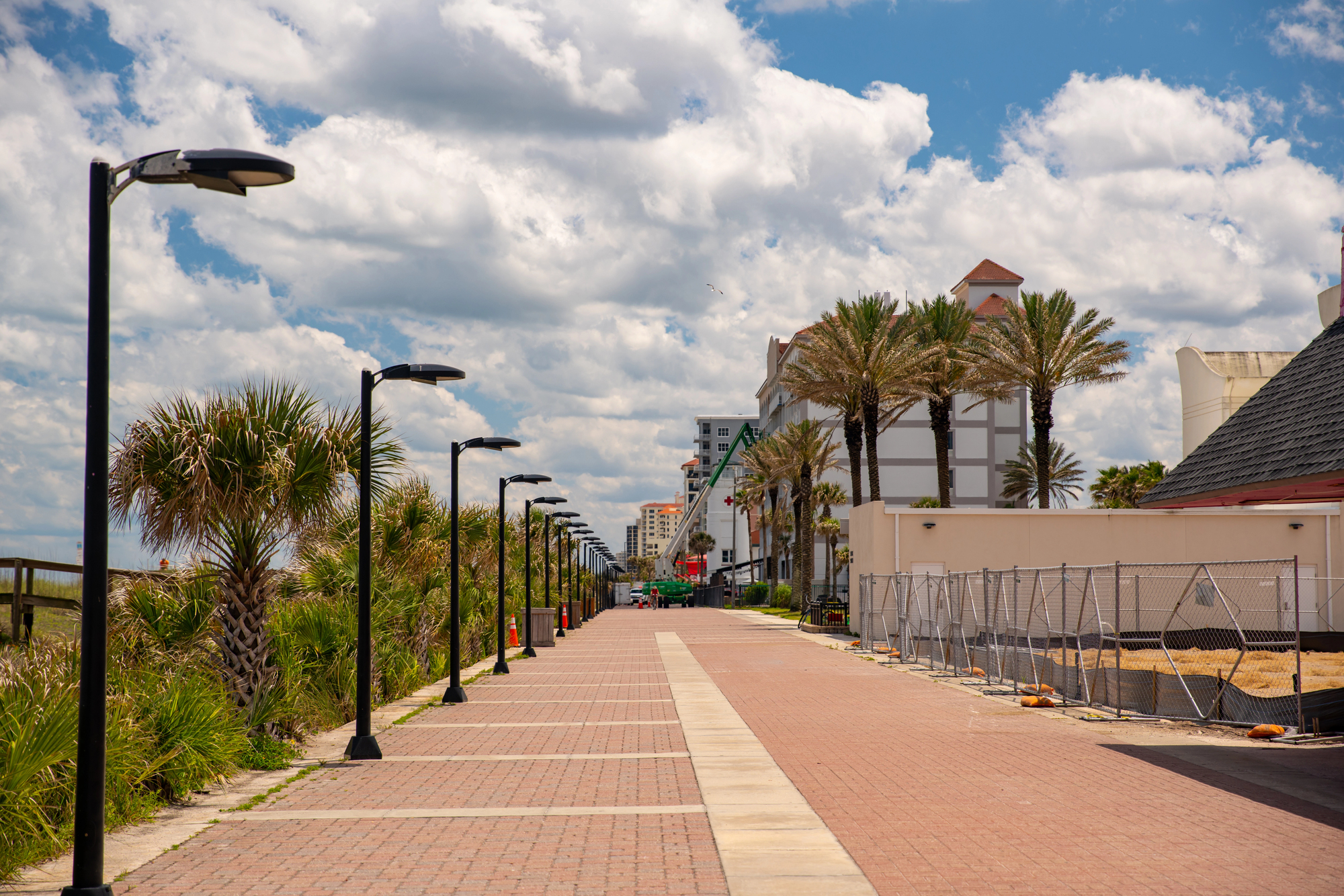
This former gold rush town in southern Oregon features a downtown district where every building dates to the Victorian era. Jacksonville’s commercial buildings and homes remain virtually unchanged since the 1880s, when declining gold production halted development.
The town’s economic renaissance came through wine production and tourism, bringing new life to historic storefronts while maintaining their 19th-century appearance and character.
Like Travel Pug’s content? Follow us on MSN.
Stockbridge, Massachusetts
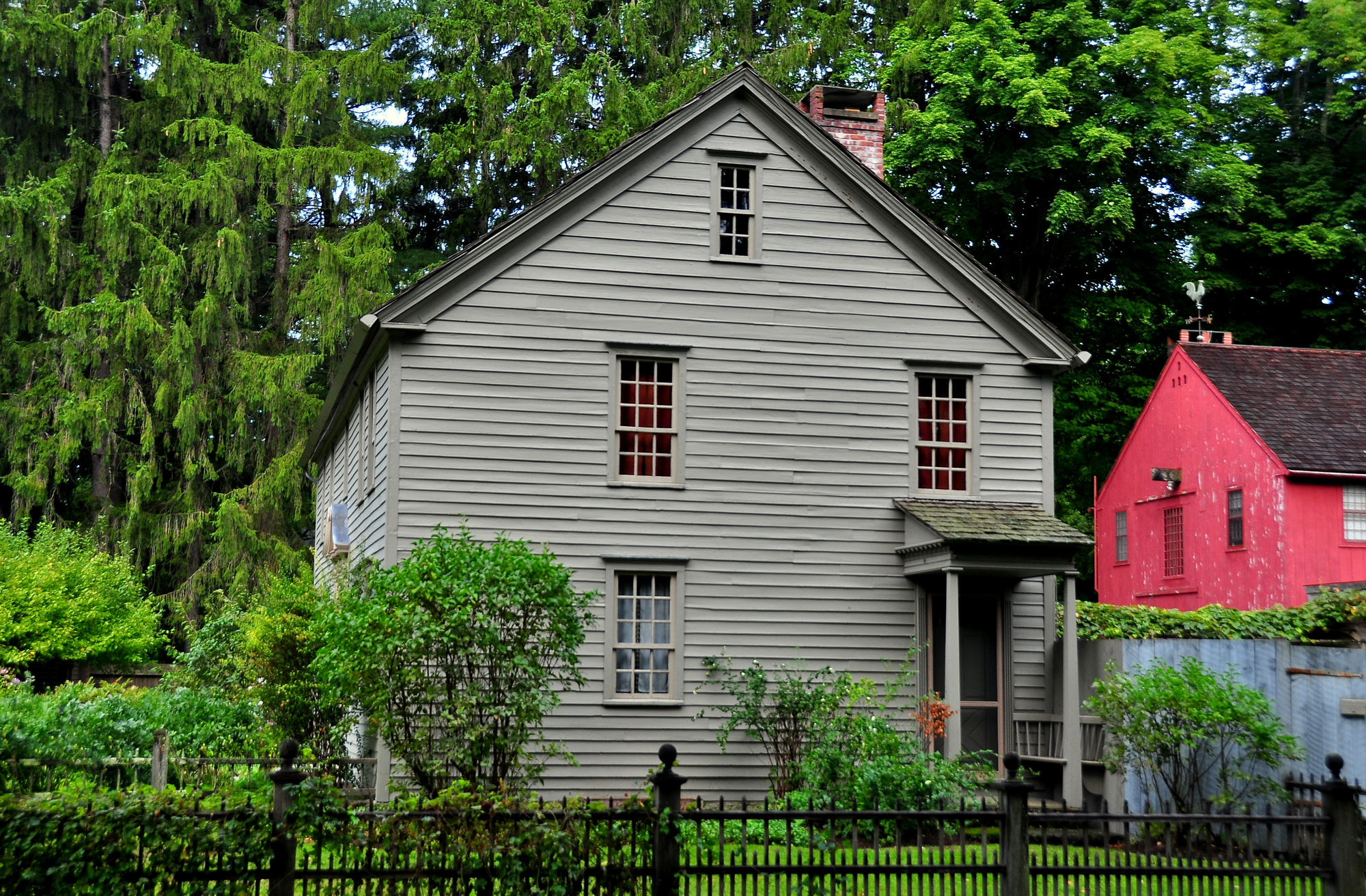
Immortalized in Norman Rockwell’s famous painting ‘Main Street at Christmas,’ Stockbridge maintains the same downtown appearance depicted in the iconic 1967 artwork. The Berkshire town’s main thoroughfare features perfectly preserved colonial and Federal-era buildings housing independent businesses and cultural institutions.
Stockbridge’s downtown embodies New England traditions with its white church steeple, historic Red Lion Inn, and small-town atmosphere that inspired America’s most beloved illustrator.
Decorah, Iowa
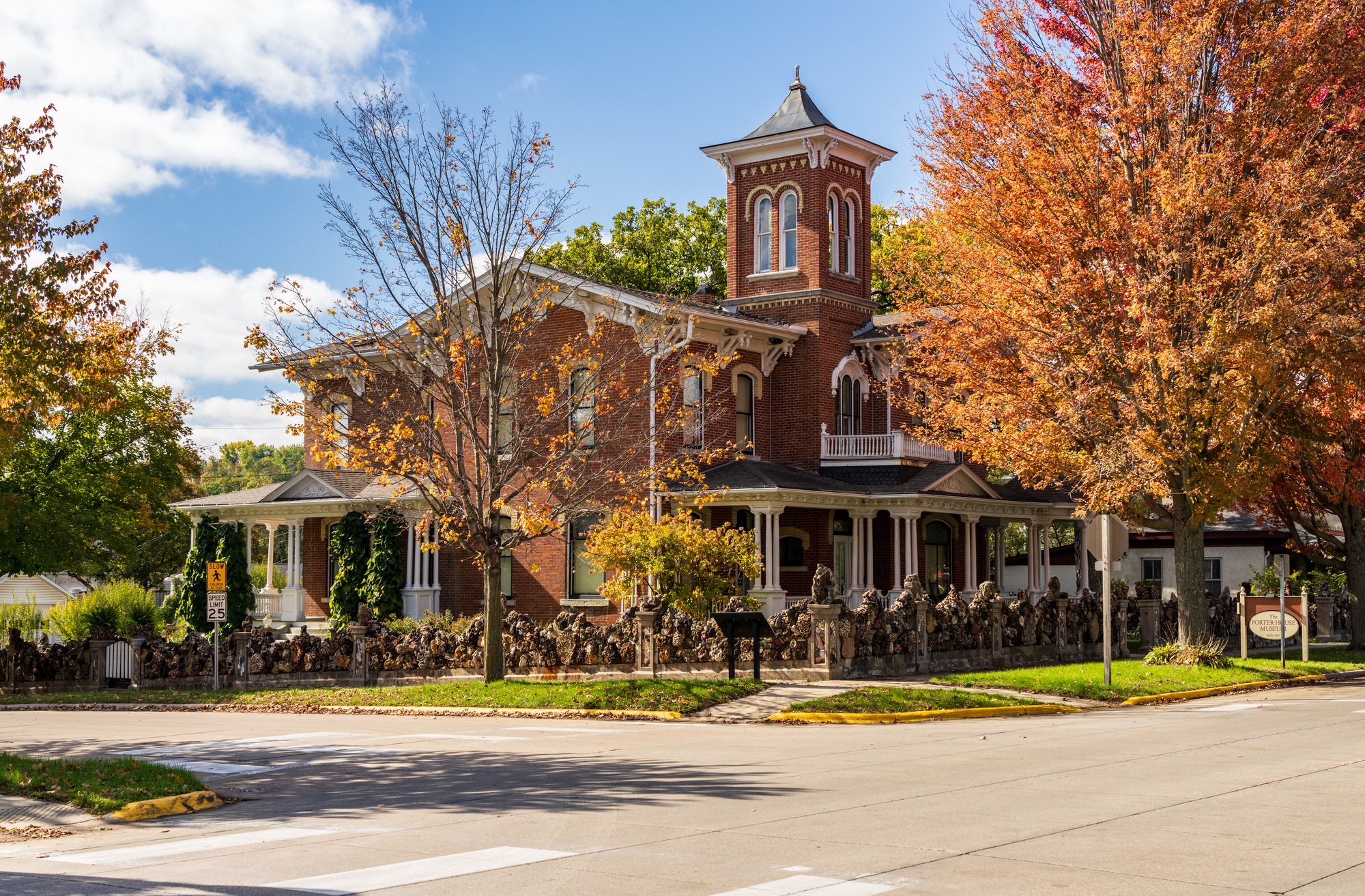
This Norwegian heritage town in northeast Iowa centers around a vibrant downtown where Victorian commercial architecture houses modern businesses with Scandinavian influences. Decorah’s Water Street runs parallel to the scenic Upper Iowa River, offering easy access to both urban amenities and natural beauty.
The town’s exceptional food scene focuses on local production and Norwegian traditions, with bakeries offering authentic krumkake and lefse alongside farm-to-table restaurants serving Midwestern fare.
Lewisburg, West Virginia
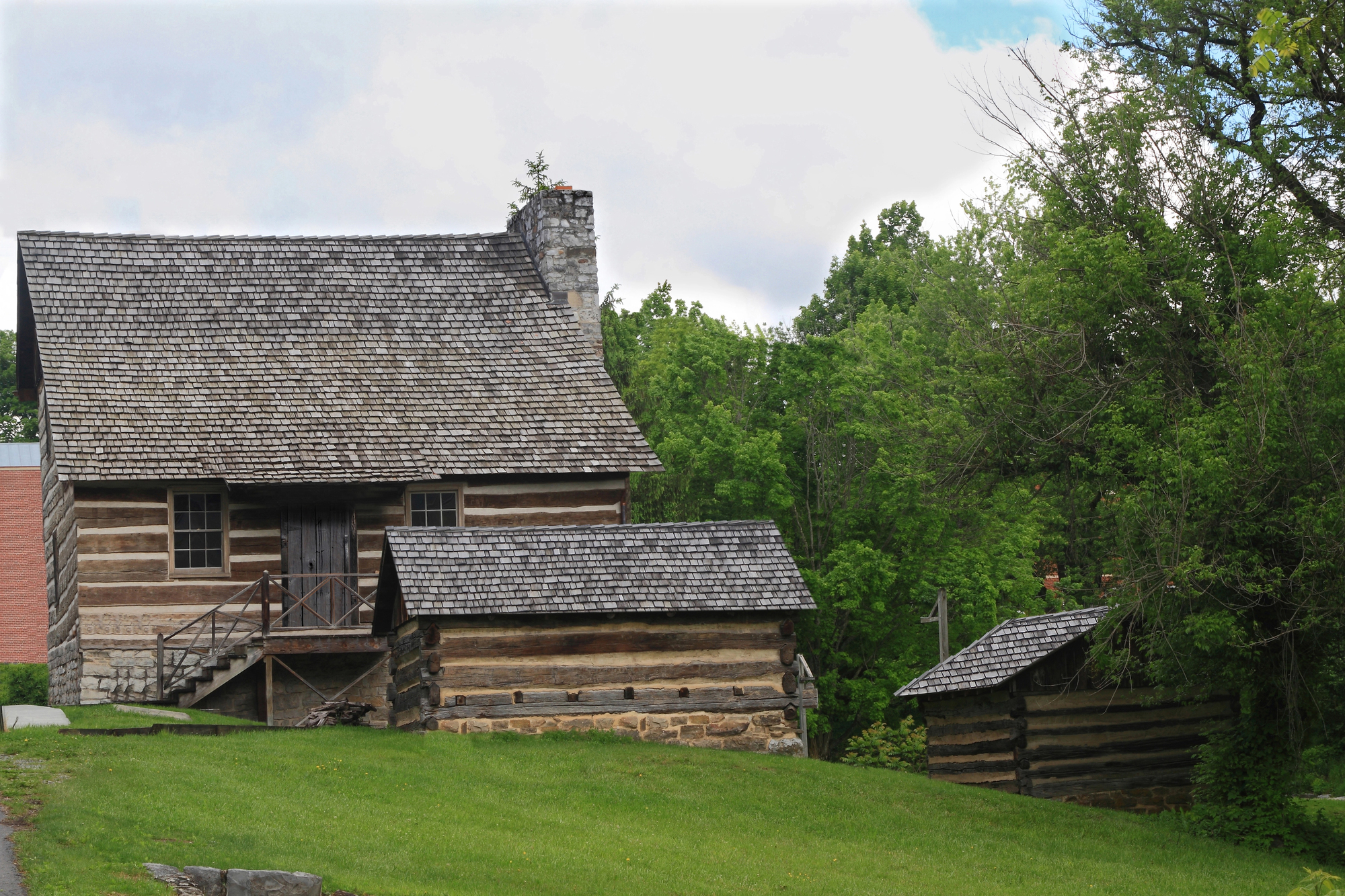
This Appalachian town features a downtown where nearly every building dates to the early 19th century, creating a remarkably cohesive historic district. Lewisburg’s tree-lined Washington Street showcases Federal and Greek Revival architecture, housing independent bookstores, antique shops, and farm-to-table restaurants.
The nearby Lost World Caverns and Greenbrier River complement the downtown experience with natural attractions just minutes from the historic commercial core.
Like Travel Pug’s content? Follow us on MSN.
Preserving American Heritage
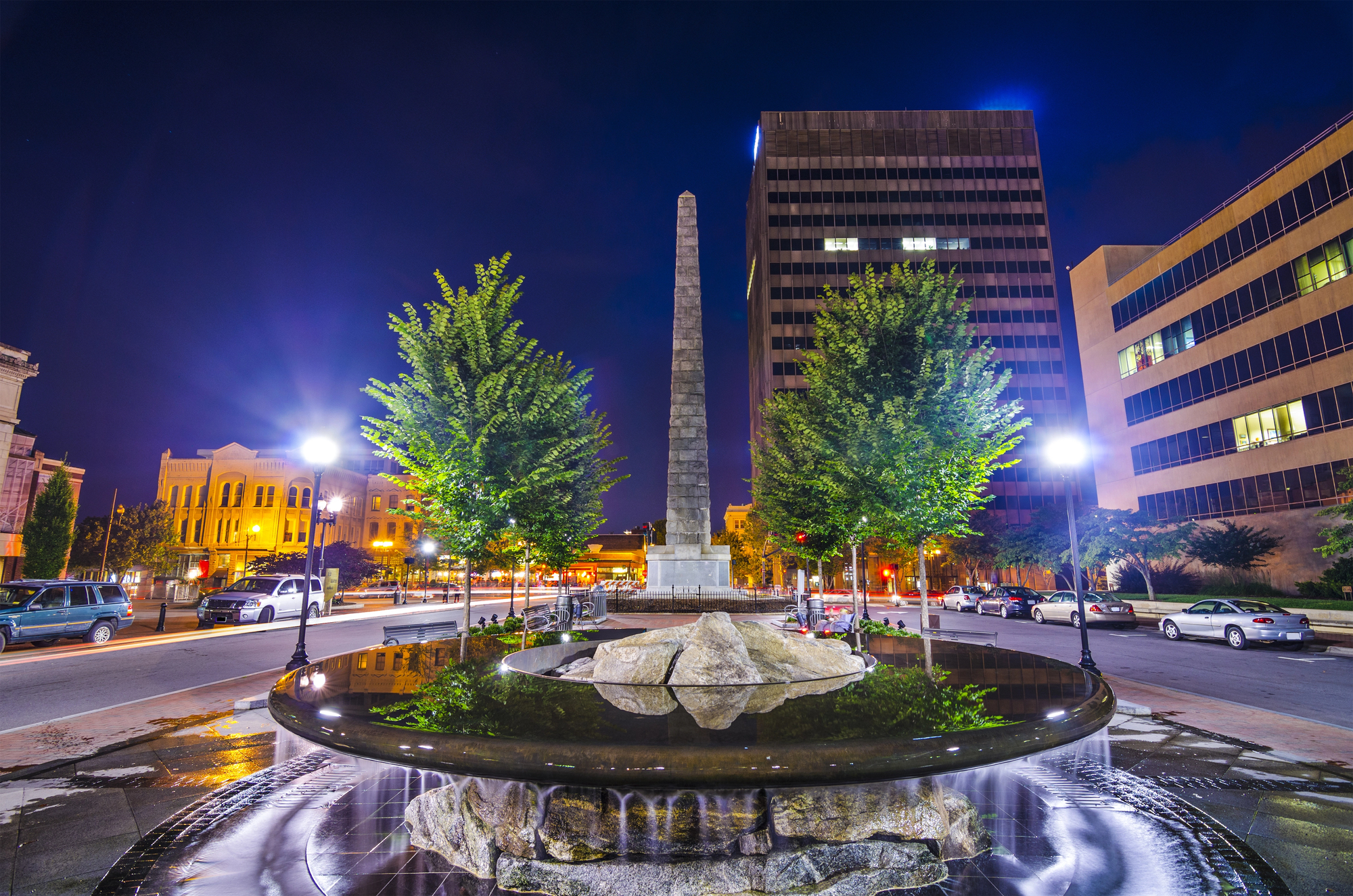
These remarkable downtowns serve as living museums where architectural heritage combines with contemporary community life. Their continued vitality demonstrates how preservation creates not just tourist destinations but thriving commercial centers with authentic character.
The human scale and distinctive personality of these small-town downtowns provide an antidote to the homogenization often found in larger urban developments. Whether seeking architectural beauty, historical significance, or simply the pleasure of strolling streets where the past remains palpably present, these charming downtowns offer visitors a chance to experience the heart of small-town America.
Their preservation represents not just nostalgia but a living connection to the shared heritage that shaped communities across the nation.
More from Travel Pug

- Cities Growing so Fast You Won’t Recognize Them in 10 Years
- 13 Destinations Where Tourists Regularly Regret Their Trip
- 16 U.S. Cities That Are Quietly Becoming Travel Hotspots
- Where to Travel If You Love Long Bus Rides and Daydreams
- 20 Cities Perfect for Solo Travelers Who Crave Adventure & Culture
Like Travel Pug’s content? Follow us on MSN.
